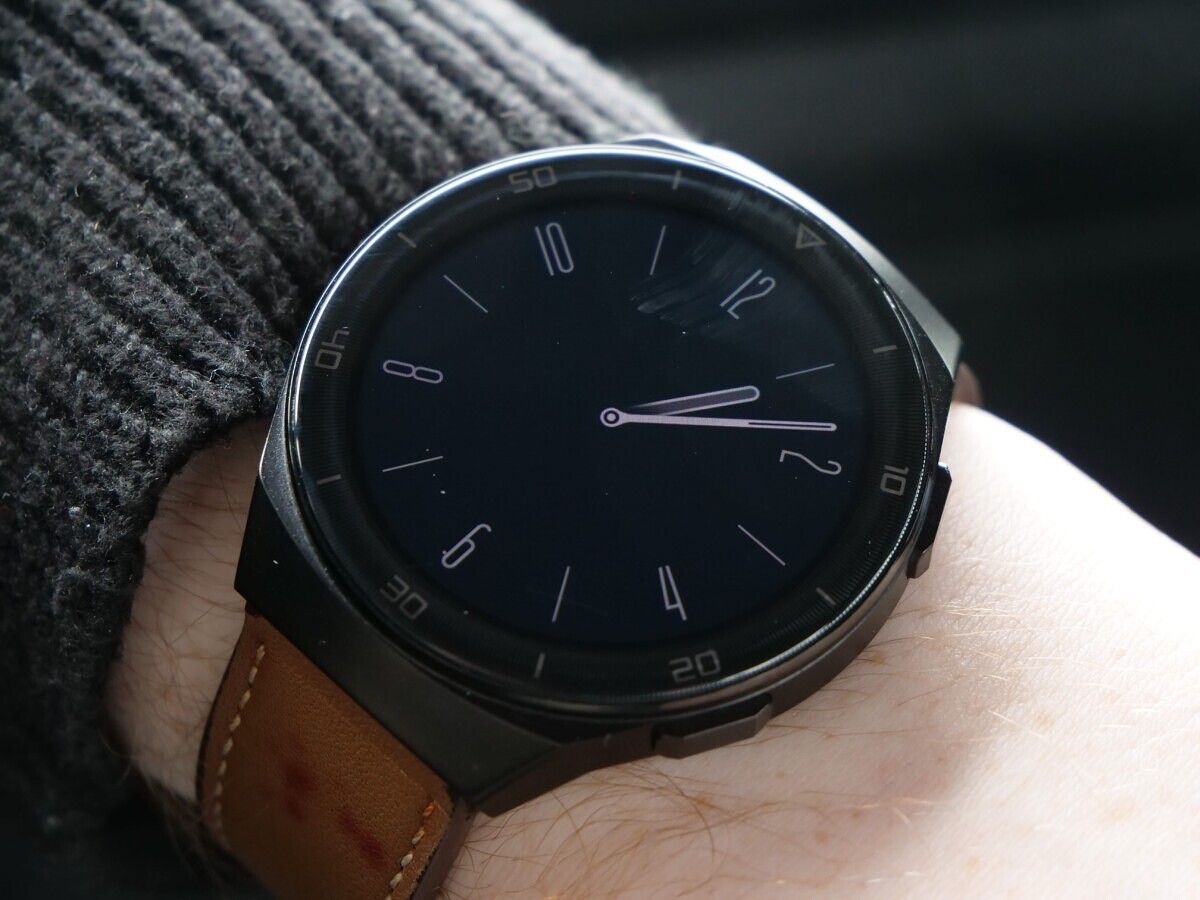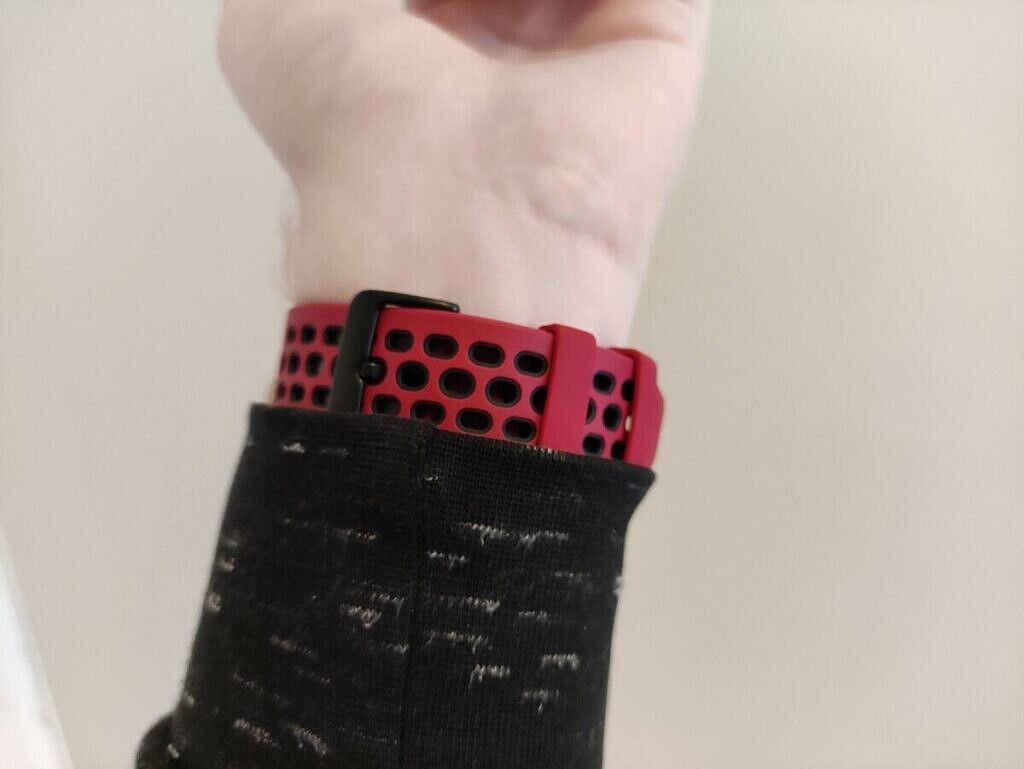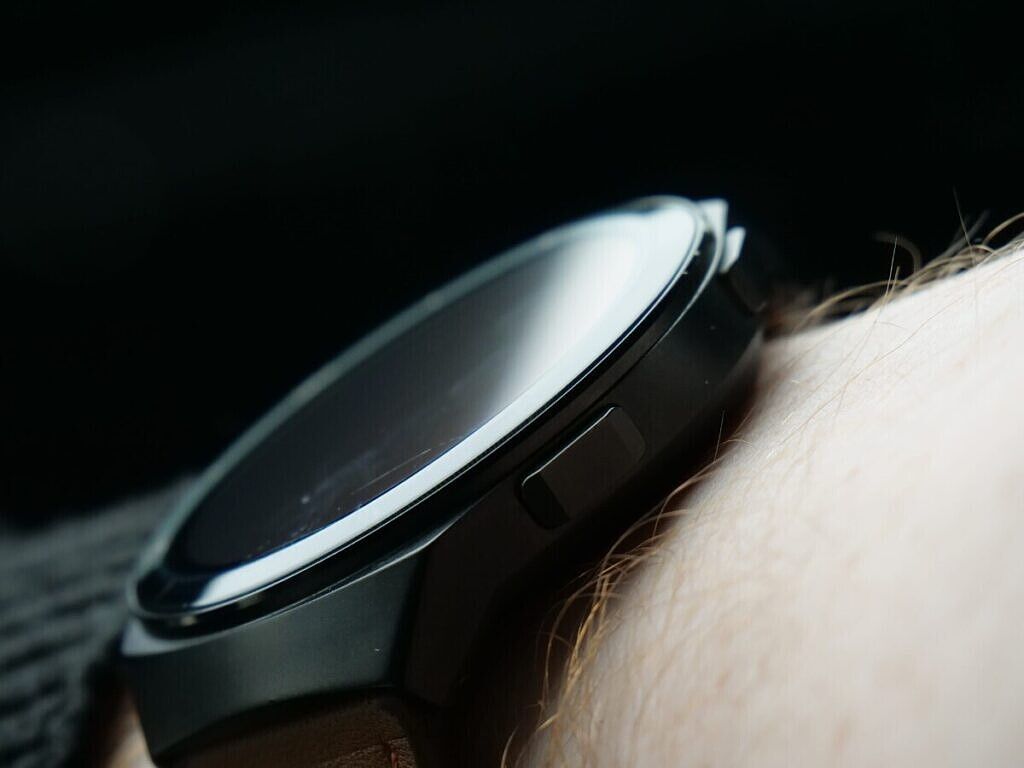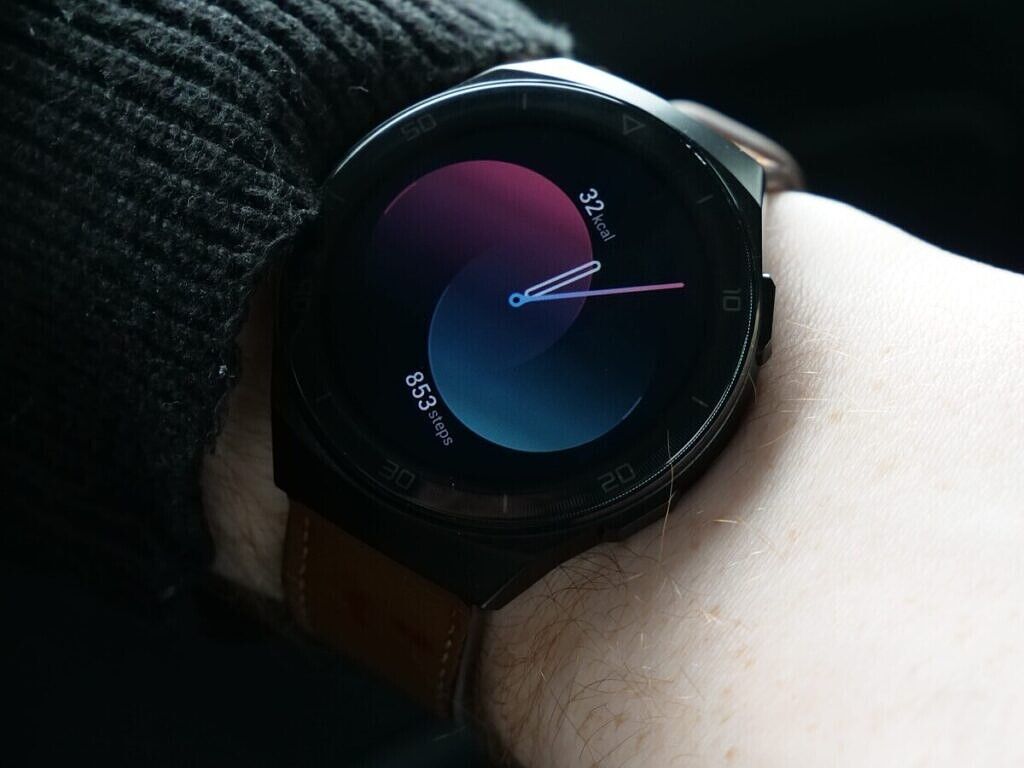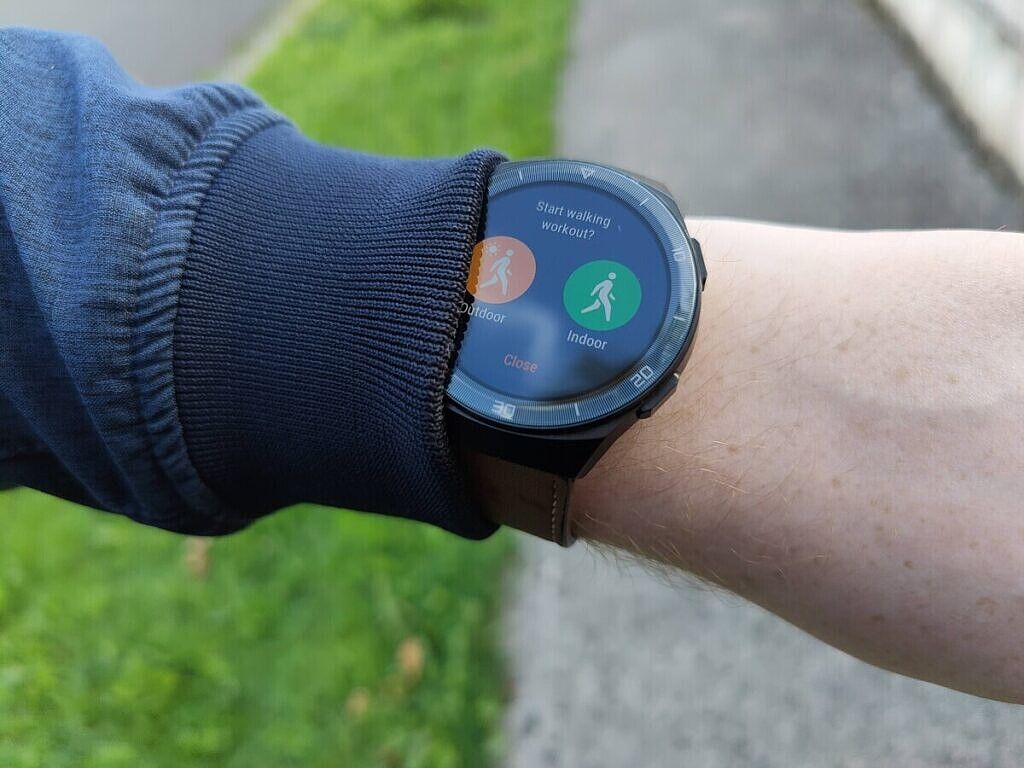Huawei made the switch from Google's Wear OS to its own LiteOS back when the company launched the Huawei Watch GT towards the end of 2018. That came as a surprise as the first two Huawei smartwatches had greatly contributed to the Android Wear/Wear OS ecosystem. The original Huawei Watch especially is still hailed as one of the best Android-based smartwatches to have ever come out, despite being 5 years old now. I reviewed the Honor Magic Watch 2 with LiteOS back in December and I found the software was holding back the great hardware. I've been using the newer Huawei Watch GT 2e more recently, and I've largely come to the same conclusion.
The Huawei Watch GT 2e packs a 1.39-inch, 454 x 454 full-color AMOLED display, the Kirin A1 chipset, 4GB of storage, and a 455 mAh battery for up to two weeks of battery life on a single charge. It boasts fitness and health monitoring features like 85 custom workout modes, 15 professional workout modes, GPS, sleep tracking, Sp02 tracking, automatic workout detection, and stress monitoring. The smartwatch also supports local music playback, real-time notifications from your phone, and remote shutter for Huawei and Honor devices running EMUI 10.1 and above.
Clearly, the Huawei Watch GT 2e packs great hardware for a smartwatch, but LiteOS limits how useful it can be beyond health monitoring and fitness tracking. Here's how.
About this review: I received the Huawei Watch GT 2e for review from Huawei UK and have used it for about 2 months. Huawei did not have any input into the content of this review.
Huawei Watch GT 2e Design
The Huawei Watch GT 2e that we received is the Lava Red variant. The straps are bright red and might actually induce trypophobia as a few people I showed it to disliked the strap design. Thankfully, I had the Honor Magic Watch 2 for review last year, and the genuine leather straps from that device fit in the Huawei Watch GT 2e. I've been rocking these genuine leather straps for a couple of weeks after getting the device. The red straps are certainly comfortable, but I really didn't like how they looked.
Aside from that, the Huawei Watch GT 2e features a pretty basic design that from a distance looks exactly like a normal watch. On the right side of the device are two buttons—the top one accesses the app list while the bottom one can be configured as a shortcut for any of these apps. There's nothing really special or unique about the Huawei Watch GT 2e, but that's not necessarily a bad thing.
On the underside of the watch are the heart rate and SpO2 sensors, alongside the charging pins. The Huawei Watch GT 2e sits in a basic magnetic charging cradle. Overall, it's not the most original design, but watch designs are inherently subjective and personal. I don't like the Lava Red straps, but you might.
Charging and battery life
The Huawei Watch GT 2e has a rather generous 2-week battery life, which makes it convenient to use constantly. If you turn on the always-on display (like I have here) that'll be cut down to about 7 days of battery life, which is still very good. Huawei put a huge focus on battery life, and the Watch GT 2e charges rather quickly in the included magnetic charging cradle. The charging cradle is powered via USB-C, and the watch simply snaps into it when you hold it close. It can be a little bit finicky to get right at times, but for the most part, it works fine and will start charging instantly. Overall I have no complaints about the battery life, and even when GPS tracking is on, it doesn't drain too much.
LiteOS
Sadly, though, LiteOS is still LiteOS. You don't get a whole lot of apps to choose from, and you're restricted to the Huawei-made watch faces that get added over time to the Huawei Health app. I don't really like a lot of them, though I've managed to settle on one. To be honest, if I could use the always-on display one all of the time, I'd be happy. In China, it's possible to add custom watch faces to your device, though I wasn't able to find a way to do this on international variants without a Chinese Huawei Health ID.
LiteOS is Huawei and Honor's alternative to Wear OS, which is still alive even today despite all its faults. LiteOS is even more locked down than Wear OS as you're limited to what comes pre-installed on the smartwatch. My issues with LiteOS are the same ones I had with the Honor Magic Watch 2. For example, why is the always-on watch face different from the one that I select and set for day-to-day usage? Why don't the watch faces have a built-in AMOLED mode specific to that watch face? Just like on the Honor Magic Watch 2, the transition between the two looks somewhat clunky.
That's without getting into the lack of apps, which I sorely miss from Wear OS. I can't really control my music playback, nor can I even respond to messages (even with pre-defined responses). On Wear OS, you can control Spotify even down to choosing playlists, and typing on the original Huawei Watch was surprisingly viable in a pinch, which I made use of it quite a lot. Even my smartphone's train tracking app has a companion Wear OS app that I can use to plug in my local station to see the times of the next arriving and departing trains. Shazam also has a Wear OS app! There's so much that I miss when using LiteOS, and it feels like its potential is extremely limited as a result.
However, LiteOS has a number of useful and cool features, even if a lot of them I don't end up getting to use. You can raise to wake the smartwatch to view a notification, for example. These notifications can also be configured on a per-app basis, and raising your wrist will show you the most recent notification. The one major improvement I've noticed since the last time I've used LiteOS, though, is how much smoother it feels on the Huawei Watch GT 2e. There are no real slowdowns, apps launch quickly, and there's no noticeable lag. Overall, for what it is, LiteOS is no longer frustrating to use and navigate. Big improvement in that department!
Workout mode
The Huawei Watch GT 2e is primarily aimed at those looking for a fitness tracking smartwatch. It's filled with various workout features and packs a GPS tracker for outdoor usage. One aspect that I quite liked is that the watch can automatically detect certain workouts. When walking outside, I've had it pop-up and ask if I'm walking indoors or outdoors. If I select outdoors, it will then start tracking my location. Pretty neat!
The data you can view for your workouts is displayed in the Huawei Health app in great detail. GPS tracking seems really accurate on the watch, which I compared against my phone. You can also copy music to your watch in MP3 format, connect a pair of earphones to it, and then listen to your music while you workout. While I can understand the appeal for truly offline and remote use, I think adding support for popular music streaming apps would make more sense. I'd rather save and/or control my music from Spotify as I don't listen to music from MP3 files anymore, and I haven't in years. There are loads of other workouts supported by the Huawei Watch GT 2e—far too many to list. From running to triathlons to belly dancing to Taekwondo... it really does seem to have everything. It'll cover basically anything you can think of when it comes to workouts, so I wouldn't worry about your sport of choice not being trackable on the Watch GT 2e.
Heart rate monitoring
Health tracking is the main focus of the Huawei Watch GT 2e, so I'd hope that the heart-rate monitoring is active. While I don't have any medical tools to confirm the data, heart rate monitoring seems to be accurate. The results were corroborated by my Honor Band 5, which also matched the results from my Fitbit Inspire HR and Xiaomi Mi Band 4. It tracks your heart-rate 24/7, and the layout of the app is easy to understand. There's no real ambiguity across any of this data, and it's easy to know where you're looking.
Stress monitor
The Huawei Watch GT 2e has a stress monitor, just like the Honor Magic Watch 2, and I still don't see its utility. I have been quite stressed out recently, yet the watch measures generally within the region of "10-20" consistently. Anything below 29 is considered “relaxed” while a high of 54 is comfortably in the “normal” stage. When writing the Honor Magic Watch 2 review, it said that my stress level had spiked to 57, well within the normal range. Right before an exam that I had that morning, I was sitting at a consistent stress level of 15 for several hours. The stress monitor doesn't seem to actually match how I perceive my own level of stress.
Sleep tracking
However, the sleep tracker certainly does work. In fact, it works extremely well and picks up on the odd nap or two that I've needed in the past couple of months that I've used the watch. I only have one minor criticism of it, though, and it actually relates to taking naps. If you wake up in the morning and then go back to sleep, it identifies any subsequent sleep as naps and thus doesn't analyze any in-depth data. Furthermore, the watch nags at you in the sleep summary and may tell you that you napped for too long. I don't understand why, if I've woken up from sleep and then fallen back asleep within 5 minutes, it doesn't just continue counting it as the same cycle. It doesn't seem to do this in the middle of the night, though, as I've only had this happen after 8 am.
Overall, though, it seems to have an incredibly accurate sleep tracker, and it's really easy to digest the data that it records.
Other features
The Huawei Watch GT 2e has other features too, including breathing exercises, a compass, and a weather app. The weather app pulls in information based on your current location, while the compass requires calibrating it first. I didn’t have an actual compass on me to compare the output, but it did reasonably match what my phone showed. The breathing exercises are exactly as they sound, and can be used to help with anxiety with a small animation that shows on the display that you can focus on. Finally, there’s also a “Find my phone” feature, which does exactly what it says. Selecting it will make your phone begin to shout loudly “I’m heeeere” and ring until you pick it up or cancel it from your watch.
Conclusion
The Huawei Watch GT 2e is a pretty great smartwatch, and I enjoyed using it. Sadly, I feel that LiteOS is still too limiting. If fitness and health are your prerogatives, then the Huawei Watch GT 2e is definitely worth taking a look at. It's packed to the brim with health-related features, and the sleep tracking is very accurate as well. There are so many fitness tracking modes, too, that I imagine it's hard to find a competitor actually capable of so much. I just really wish that I could choose more watch faces and have access to more apps on it. It doesn't even have NFC on the global model, so you can't use it for contactless payments.
Huawei's Watch GT 2e feels like it's trying to be both a smartwatch and a fitness tracker, despite lacking somewhat in the former. It excels when it comes to fitness, and it definitely smokes the likes of Fitbit in terms of value for money. It's not the cheapest fitness tracker out there, but it's also not the most expensive smartwatch. If the Watch GT 2e's sports and health features appeal to you and you're interested in picking one up, you can find one for between €120-€200 depending on the retailer, so it's definitely not the most expensive smartwatch out there.
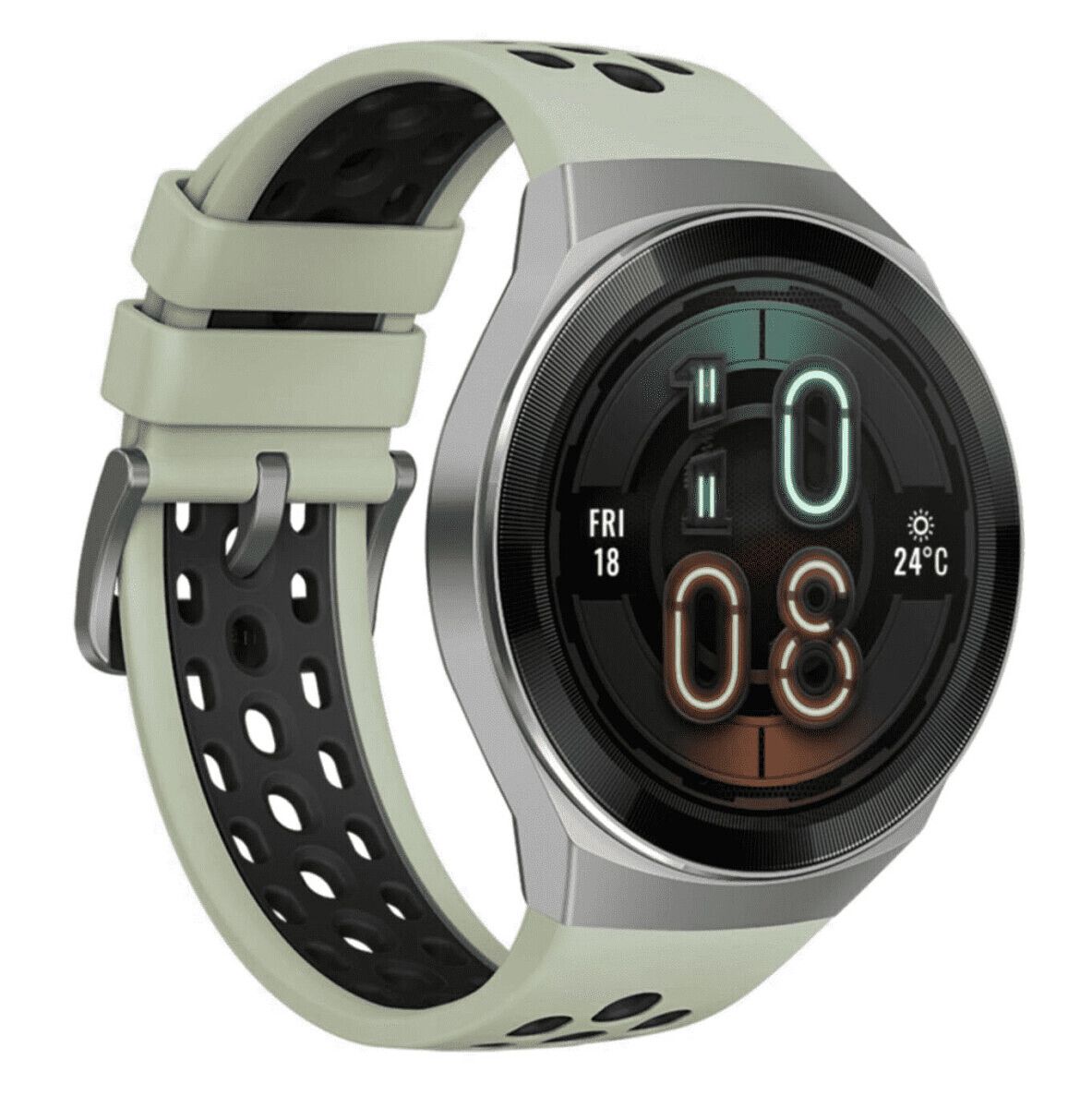
Huawei Watch GT 2e
The Huawei Watch GT2e is a pretty great smartwatch, and despite some limitations to the smartwatch functionality in LiteOS, it remains one of the best fitness trackers you can buy. It excels when it comes to fitness, and it definitely smokes the likes of Fitbit in terms of value for money. It's not the cheapest fitness tracker out there, but it's also not the most expensive smartwatch.

